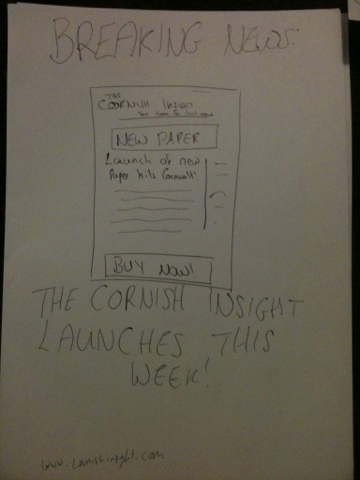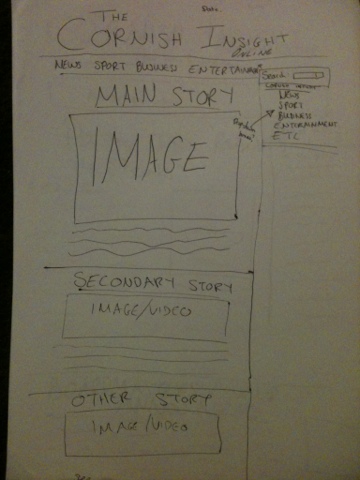Thich Quang Durc
During the Vietnam War, there was a Buddhist uprising, who naturally disagreed with the violence going on around them. This monk decided to be a martyr to raise attention to their cause, took out a petrol can and smothered himself in gasoline. Malcolm Browne was there to immortalise the moment as the man's body began to burn and wither. A similar image to this won the 1963 World Press Photo of the Year, though this became the most famous version.
Phan Thj Kim PhucAlso from the Vietnam War during the seemingly needless bombing of civilians in the country, this image shows the moment napalm was dropped on a small village. Children are photographed by Nick Ut burnt and in pain as they run away from their destroyed homes. This image has won the Pulitzer Prize, making it one of the most iconic press images to date.
Raising The Flag on Iwo Jima
This iconic image shows the moment Joe Rosenthal captured American troops erecting a flag at Iwo Jima in Japan. This image is recognised worldwide for its legacy; the war memorial named after it in Arlington.
Despite being in black and white, the colour of the image still has an impact, where the darker blacks and greys create a dark, momentous feel to the image. The subject of the image; the people and flag connote team work, something that would have been a theme throughout WW2.
Vulture Stalking a Child
Kevin Carter went to Sudan in the early '90s and took this iconic photo of a vulture sitting waiting for a poverty-stricken toddler to die. This image is iconic because it shows one small girl as a representation for poverty and a continent in fear. The photographer did scare the bird away from the toddler, and also won the Pulitzer Prize, however he committed suicide three months later having sold the photo to the New York Times and came under increased criticism for waiting 20 minutes for the bird to spread its wings for better effect.
These images, while on a bigger and more international scale than my project, are still useful and valuable resources in terms of the way I can use photography in my own work. I now know some of the basics in terms of making an iconic image; the black and white of some of the above, giving the impression it is from older times (and they are), and the action shot used in the Raising The Flag on Iwo Jima gives a sense of togethness, passion and national pride - something I could exploit my readers with in terms of emotion.











 This is my plan for the front page of my newspaper. I have used layout ideas from other newspapers I have observed such as The Cornish Guardian and The Guardian. As per convention, I have put the masthead at the top, followed by some advertising space and then my main headline. In the advertising space, I will create my own adverts, which is likely to be eventful. On the right hand side there will be a column running in a vertical manner with a story there to read. My main story will have a striking image to grab people's attention and there can be more advertisements at the bottom, though I am currently undecided as to whether to put another story there. This can be a decision I make further down the line, as my flat plan will really only be the foundation stone of my front cover, with the layout and template ideas I can use.
This is my plan for the front page of my newspaper. I have used layout ideas from other newspapers I have observed such as The Cornish Guardian and The Guardian. As per convention, I have put the masthead at the top, followed by some advertising space and then my main headline. In the advertising space, I will create my own adverts, which is likely to be eventful. On the right hand side there will be a column running in a vertical manner with a story there to read. My main story will have a striking image to grab people's attention and there can be more advertisements at the bottom, though I am currently undecided as to whether to put another story there. This can be a decision I make further down the line, as my flat plan will really only be the foundation stone of my front cover, with the layout and template ideas I can use.
 My website will be much like my newspaper in terms of colour and of course content, with my masthead and logo at the top. As well as this, I have planned for the date to be at the top of the page, as is conventional. Also conventional is the use of tabs, which I have added into my plan. I hope to have these in black and white to give it a professional feel. I will have each of my stories with a picture below these tabs, with my main story at the top and other stories leading on down from it. On the right hand side of my webpage, I want to have a bar where I can add widgets for things like the weather and traffic, something else one would expect to see on news websites.
My website will be much like my newspaper in terms of colour and of course content, with my masthead and logo at the top. As well as this, I have planned for the date to be at the top of the page, as is conventional. Also conventional is the use of tabs, which I have added into my plan. I hope to have these in black and white to give it a professional feel. I will have each of my stories with a picture below these tabs, with my main story at the top and other stories leading on down from it. On the right hand side of my webpage, I want to have a bar where I can add widgets for things like the weather and traffic, something else one would expect to see on news websites.



.jpg)


